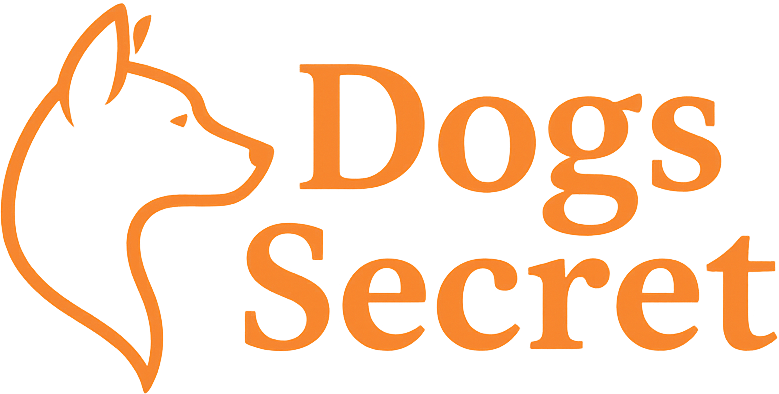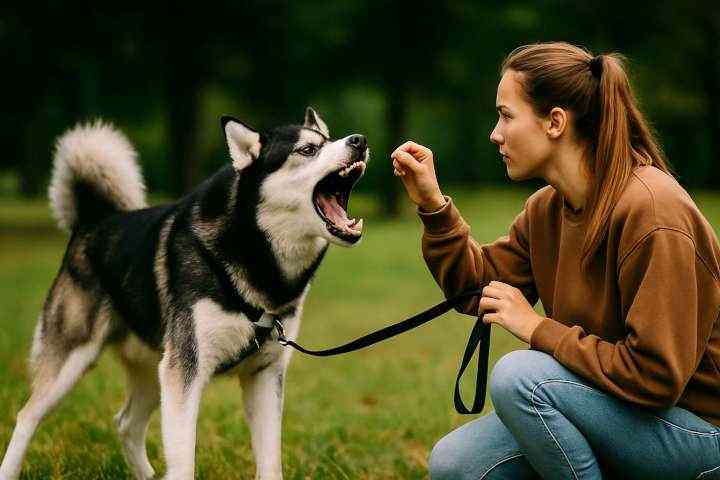Aggression in dogs is one of the most serious and misunderstood behavior challenges. Whether it’s growling, barking, snapping, or biting, aggressive behavior often stems from fear, pain, frustration, or past trauma—not dominance or “bad character.”
The good news? With patience, proper management, and science-based training, aggression can be reduced and even reversed. In this guide, we share expert-backed tips to help you train an aggressive dog safely, humanely, and effectively.
What Causes Dog Aggression?
Before addressing the behavior, it’s critical to identify the root cause. Common triggers include:
- Fear or anxiety
- Territorial or protective instincts
- Frustration or redirected aggression
- Resource guarding (food, toys, people)
- Pain or medical issues
- Lack of proper socialization
- Trauma or abuse in the past
Understanding why your dog is aggressive helps determine the right treatment plan.
Warning: Safety Comes First
If your dog has bitten someone or another animal, or shows signs of serious aggression (lunging, snapping, stiff posture), do not attempt to fix it alone.
Consult a certified behavior professional:
- Veterinary Behaviorist (DACVB)
- Certified Dog Behavior Consultant (IAABC)
- Fear-Free or Positive Reinforcement trainers with aggression experience
This guide offers general tips—but serious aggression always requires personalized, professional help.
Step 1: Rule Out Medical Issues
Always start with a vet check-up. Pain, illness, or neurological problems can cause sudden aggression.
Ask your vet about:
- Dental pain
- Arthritis or joint issues
- Thyroid imbalance
- Vision or hearing loss
- Previous injuries
If your dog has never shown aggression before, a medical issue is likely involved.
Step 2: Identify Triggers and Patterns
Start keeping a behavior journal:
- What happened before the aggression?
- Who or what was involved?
- Where did it happen?
- How did your dog respond?
- What was the outcome?
Recognizing patterns helps you manage triggers and avoid dangerous situations.
Step 3: Use Management, Not Punishment
Aggressive dogs aren’t “bad”—they’re often scared or overstimulated. Punishment makes things worse by increasing stress and damaging trust.
Do this instead:
- Use barriers (gates, crates, leashes) to prevent triggering situations
- Remove the dog from stressful environments early
- Avoid off-leash play or unsupervised interaction
- Reward calm behavior before arousal builds
Never:
- Yell, hit, alpha-roll, or use shock collars
- Force your dog to “face fears” without guidance
- Punish growling—it’s a warning signal, not bad behavior
Step 4: Start Behavior Modification Training
Focus on counterconditioning and desensitization—changing your dog’s emotional response to triggers.
Example:
If your dog is leash-reactive to other dogs:
- Expose them to another dog at a distance they can tolerate
- Reward calm behavior (treats, praise)
- Gradually decrease distance over sessions
- Never go closer until your dog remains relaxed
This process is slow—but highly effective with consistency.
Step 5: Teach Alternative Behaviors
Replace aggression with incompatible behaviors, such as:
- “Look at me” instead of lunging
- “Go to your place” instead of barking at the door
- “Leave it” when guarding objects
Train these in calm environments first, then build toward real-life situations.
Step 6: Create Structure and Predictability
Aggressive dogs often feel out of control. Help them feel safe by:
- Establishing daily routines
- Setting clear boundaries (no rough play or overstimulation)
- Practicing obedience basics like sit, down, and stay
- Rewarding calmness and ignoring attention-seeking behavior
Structure builds confidence, reduces anxiety, and improves responsiveness.
Step 7: Be Patient and Realistic
Behavior change takes weeks to months, not days.
- Progress will come in small steps
- Setbacks are normal—stay consistent
- Track wins, no matter how small (shorter barking, delayed reaction, quicker recovery)
And remember: Management + training = long-term success.
Tools That May Help (If Used Correctly)
- Front-clip harness – better control on walks
- Muzzle – for safety during exposure or vet visits (use positive muzzle training)
- Crate or safe room – calm retreat when overstimulated
- Snuffle mats & puzzle toys – mental stimulation that lowers arousal
Avoid any tools that cause fear, pain, or suppression—they may stop the symptom but worsen the root issue.
Conclusion
Final Thoughts on Training an Aggressive Dog
Training an aggressive dog is not about control—it’s about communication, understanding, and healing. With the right guidance and a kind, consistent approach, even the most reactive dogs can learn to feel safe and behave appropriately.
Need help building a plan? Visit our Aggressive Dog Resource Center for expert-approved guides, behavior tracking templates, and trainer recommendations.

